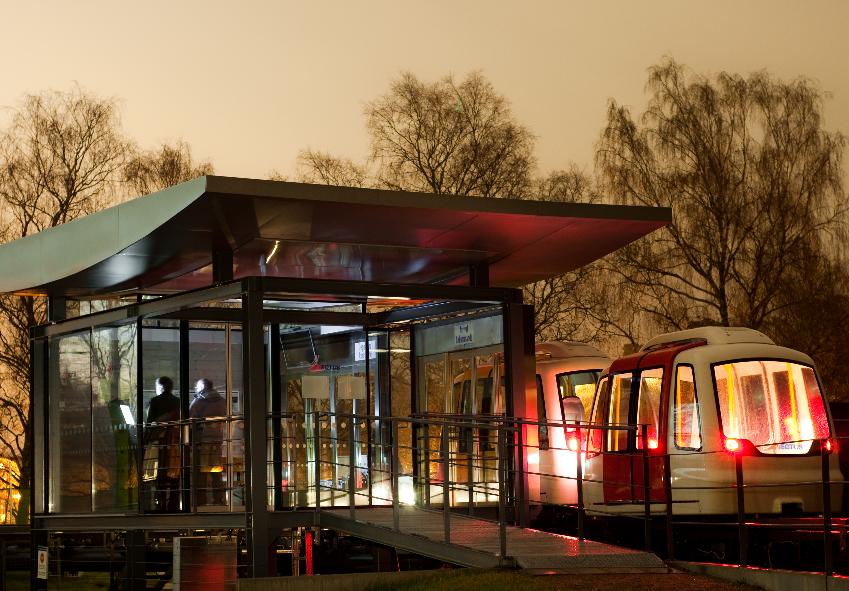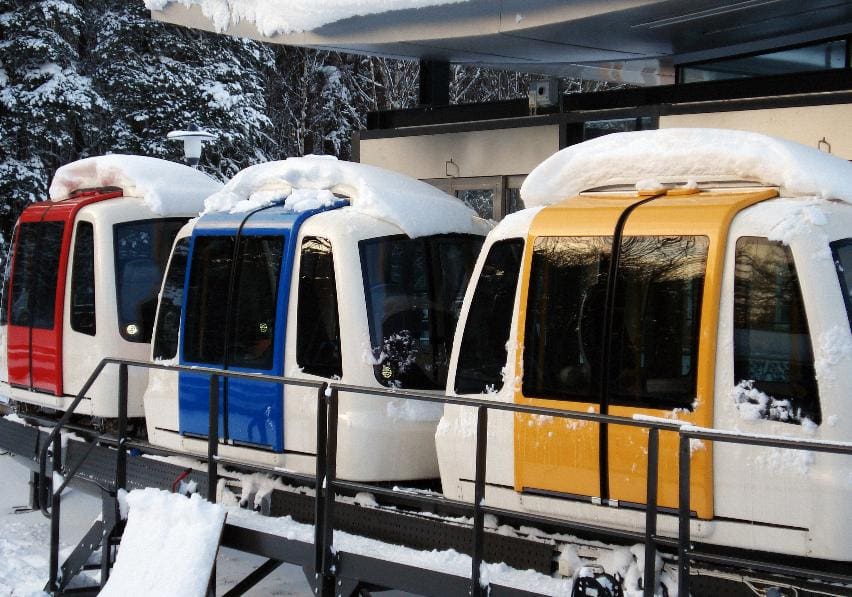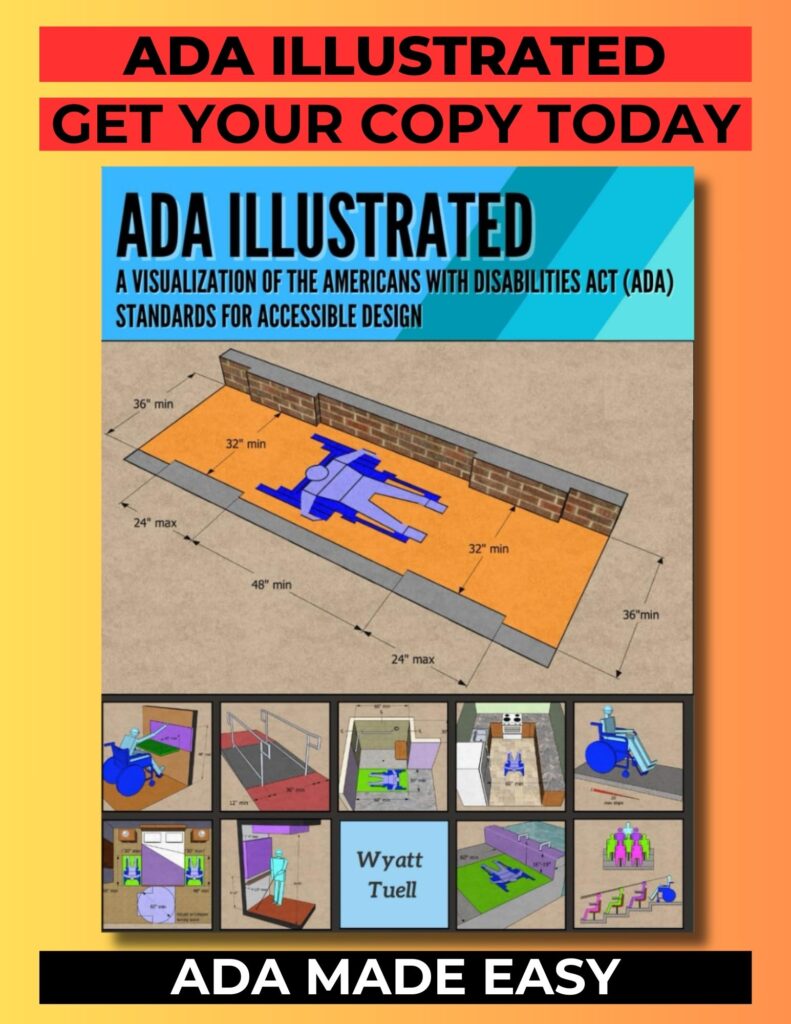Better Public Transportation with Vectus Personal Rapid Transit
As I’ve written about before, public transportation is important for many people with disabilities who are not able to operate or don’t have a vehicle. Public transportation allows for independence and a way to be involved with society. Buses, subways, trains, and taxis are all ways to reach a destination. Of course each has some disadvantages which could be improved upon. Some can be crowded with lines and wait times. Taxis can be private but you still have to find one and deal with traffic. A new idea for public transportation is being developed that hopes to eliminate some of the drawbacks mentioned before. This system is the Vectus Personal Rapid Transit (PRT).
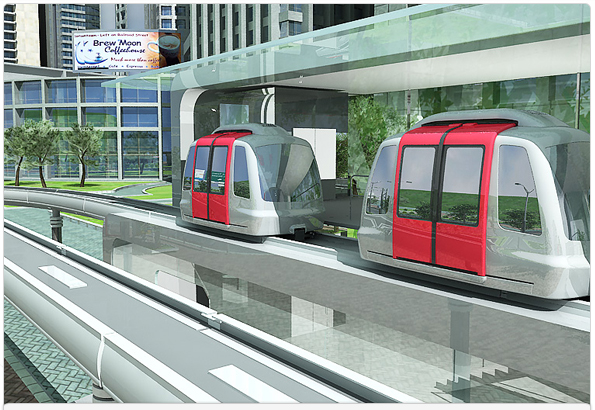
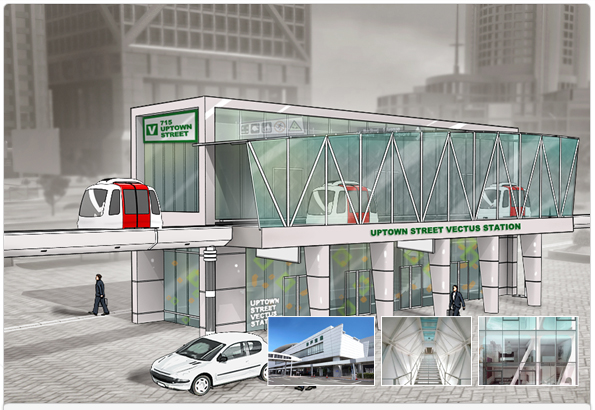
Like A Monorail, But Different
If you think of the Disney World Monorail system (or the one in Springfield), then you have an idea of how the PRT looks and works. A transportation system on raised rails that transport to multiple points in a city. The difference between PRT and other mass transit systems is the vehicle and method. Instead of large passenger cars, PRT uses smaller vehicles that can hold up to 3 or 6 passengers. This gives riders privacy while traveling. The vehicles are always available and can move continuously. Eliminating wait times while keeping people moving.
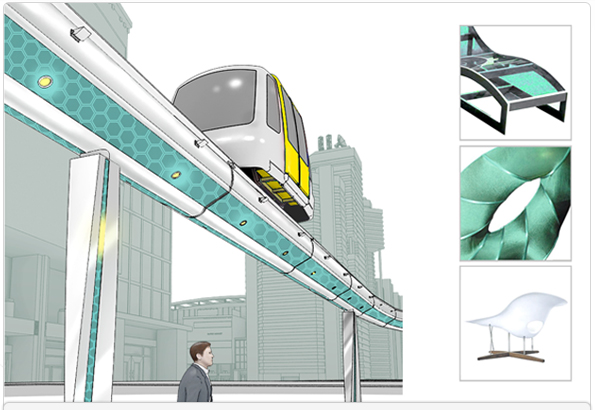
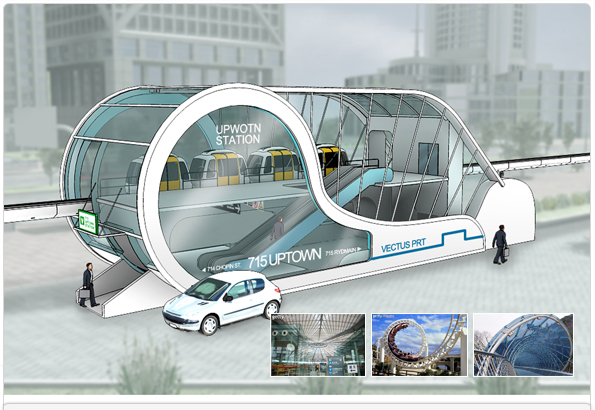
Keep It Moving
Vehicle traffic can move continuously because the vehicles that stop, loop off into the stations. Just like on a race car track where some cars go for a pit stop, the other cars are still going around the track. Riders would first enter the station then stop at a kiosk to purchase a ticket. They input how many riders there are and what style vehicle they want. Basic, Modern, and Luxurious styles would be the choices. A destination is inputted and the riders enter the vehicle. Vehicles with room for wheelchairs will be available.
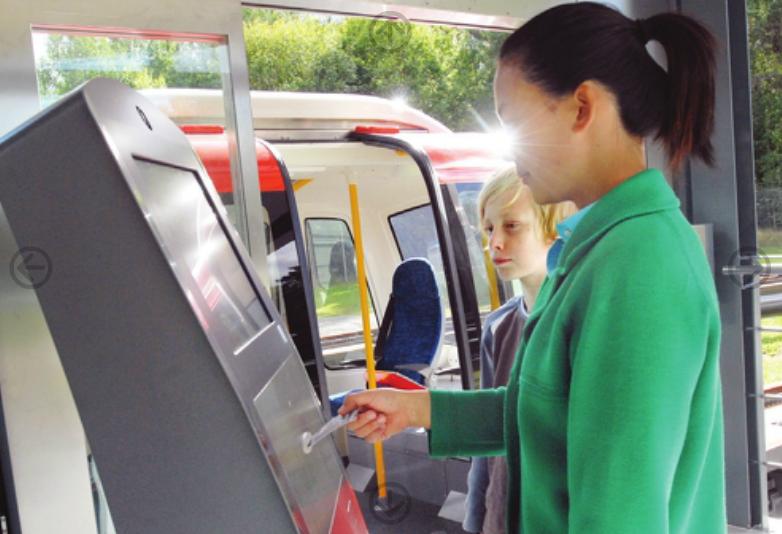
The Interior
Once inside the vehicle there are seats on either side and plenty of space in the center. I assume some vehicles will have the open areas with tie downs instead of seats for wheelchair accessibility. The console areas between the seats have LCD screens for multimedia use. If there is a change in destination I’m sure this could be inputted somehow.
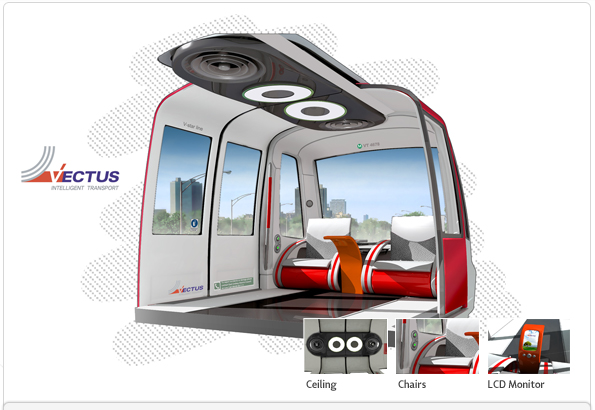
History and Future
Vectus started in the United Kingdom in 2005 with branch offices opening later in Sweden and South Korea. A test track version of PRT was constructed in Uppsala, Sweden and has been running since 2006. Currently a working PRT system is being constructed in Suncheon City, South Korea.
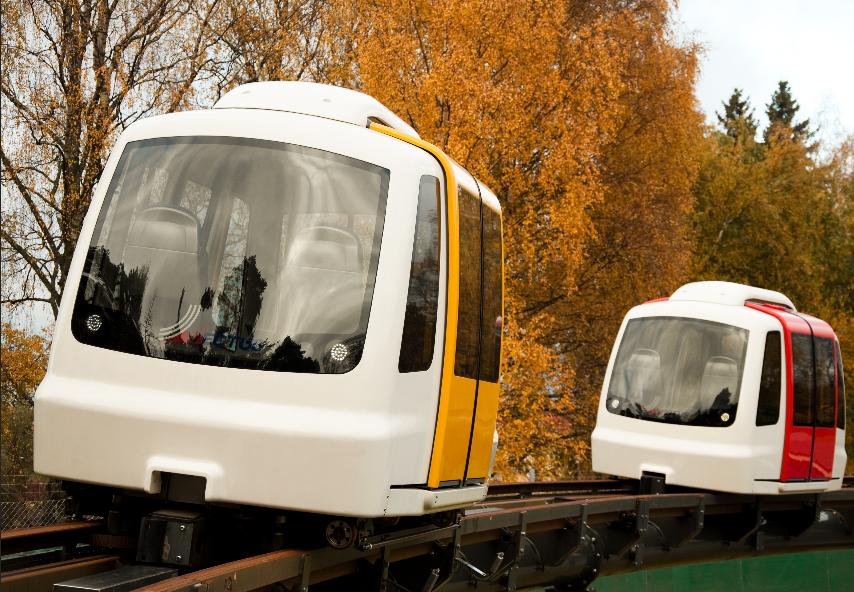
Conclusion
Vectus PRT has great potential not only for people with disabilities, but for cities as a whole. Getting people to where they need to be in a faster and more efficient manner. Just have to make sure the stations and vehicles are indeed accessible. Meaning accessible access into the stations and into the vehicles. Also ticket kiosks that are wheelchair accessible and accessible to people who are blind or visually impaired. For a lot more information, visit www.vectusprt.com.
